It can be annoying to live with tattoo scars, so it's important for your skin's health to know when to get professional help. From raised scars to uneven healing, knowing the warning signs can mean the difference between short-term pain and lasting damage to your skin.
What Are Tattoo Scars?
Tattoo scars are marks on the skin that look abnormal, appearing during or after the healing process of a tattoo. They show up as bumpy, raised spots or sunken areas where the skin's texture changes. Unlike normal tattoo healing, these scars can be thicker and itchier and may distort the original tattoo design. They usually happen because of the body's excessive healing response or improper tattooing technique.

Common Types of Tattoo Scars
There are several common tattoo scar types as the following:
Hypertrophic Scars
Raised scars that stay inside the lines of the original tattoo. They're red or pink, often thick and raised, and might not stand out as much over time.
Keloid Scars
Thick, raised lines that go beyond the area where the tattoo was originally placed. They tend to be reddish-brown, itchy, or painful, and they keep expanding over time.
Atrophic Scars
Scars that are sunken and sit below the skin's surface. They create small pits or indentations in the tattooed area and are common after deep healing.
Raised Line Scars
Linear elevated marks that follow the tattoo lines create visible ridges along the design. These typically form during the healing process.
What Causes Tattoo Scarring
Knowing why tattoo scars develop can help you prevent them from occurring.
Poor Tattooing Technique
When a tattoo artist goes too deep into the skin or overworks an area, it can damage the deeper dermal layers. This excessive trauma forces the skin to produce more collagen during healing, resulting in raised or uneven scarring
Improper Aftercare
Many scars develop due to poor healing practices. Picking at scabs, scratching the tattoo, or not keeping the area clean can disrupt the natural healing process and lead to scarring.
Skin's Natural Healing Response
Some people are naturally more prone to scarring due to their genetics. If you have a history of difficult wound healing or tend to develop keloids, you're at higher risk of developing tattoo scars.
Infection
When bacteria enter the tattoo wound, they can cause inflammation and infection. This not only disrupts the normal healing process but can also lead to permanent scarring and distortion of the tattoo design.
Excessive Tension
Areas of skin under constant movement or tension during healing are more likely to develop scars. This is why tattoos on joints or frequently stretched areas may be more prone to scarring.
Biomaser Plenilune U1 Pro Wireless Tattoo & PMU Machine With Adjustable Stroke
How to Prevent Tattoo Scars?
Taking proactive steps before, during, and after getting a tattoo can significantly reduce your risk of scarring. Here's what you need to know:
Choose the Right Tattoo Artist
Research thoroughly and select an experienced and licensed tattoo artist who maintains strict hygiene standards. Look at their portfolio, particularly focusing on healed work, and read client reviews about their healing results. Before you go to the assignment, do good pre-tattoo preparation:
- Avoid alcohol and blood thinners 24 hours before your session
- Stay well-hydrated and get enough rest
- Eat a proper meal before your appointment
- Arrive with clean, moisturized skin
And during the tattoo,
- Communicate with your artist if you feel excessive pain
- Take breaks if needed to prevent skin trauma
- Stay as still as possible to avoid needle damage
- Alert your artist if anything feels unusual
Decide the Tattoo Placement Smartly
Think about places that are less likely to scar or move. Scars are more likely to form in places where there is constant friction or stretching, like joints or places where clothes are too tight.
Apply Helpful Aftercare Practices
Keep the bandage on as directed for the right amount of time to avoid getting scars from your tattoo. Clean the area twice a day with mild, fragrance-free soap, and then use a three-phase plan to keep it moist: first, use healing ointments, and after a week, switch to fragrance-free creams. While you're healing, stay out of the sun, don't scratch, and don't wear too tight clothes.

Effective Treatment Options for Tattoo Scars
When tattoo scars have already formed, several professional and at-home treatments can help minimize their appearance. Here's what you need to know about the most effective options:
Laser Therapy
This stands out as the leading treatment for tattoo scars. It works by targeting scar tissue and stimulating new skin cell growth, helping to smooth the skin's surface and reduce discoloration. Multiple sessions are typically needed for optimal results.
Microneedling
This treatment creates tiny punctures in the skin to stimulate natural healing and collagen production. It's particularly effective for evening out the texture of scarred areas and promoting skin regeneration.
At-Home Care Options
Several home remedies can help improve the appearance of tattoo scars. Scar-reducing ointments can help diminish the appearance of scars when used consistently. Regular moisturizing helps keep the skin hydrated and can make scars less noticeable. Aloe vera may also help with skin healing, though results vary from person to person.
3mm stroke Tattoo Machine Double head Tattoo permanent makeup CTGE004
When to Seek Professional Help for Your Tattoo Scars
Emergency Situations
| Warning Signs | What You'll Notice | Action Required |
| Infection Signs |
- Yellow/green discharge - Foul odor - Severe swelling - Fever or chills |
Seek immediate medical care |
| Allergic Reactions |
- Difficulty breathing - Racing heart - Chest tightness - Severe dizziness |
Get emergency care immediately |
Non-Emergency Concerns
| Condition | Signs to Watch | When to Act |
| Abnormal Healing |
- Healing beyond 2 months - Persistent redness - Raised or puffy lines |
Schedule dermatologist consultation |
| Scar Development |
- Growing or rising scars - Keloid formation - Color distortion |
Book professional evaluation |
| Preventive Care |
- History of keloids - Poor healing tendency - Pre-existing scar concerns |
Consult before getting tattooed |
Don't wait until tattoo scarring is really bad before seeking help. If you catch the warning signs early and act quickly, you can keep your tattoo looking good and avoid lasting damage. Remember that getting help from a professional is important for treating and managing scars effectively.
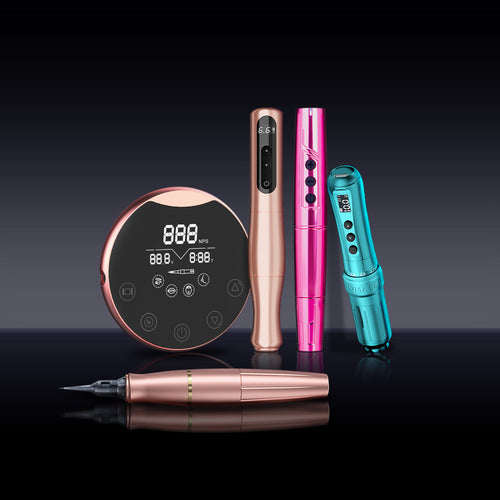
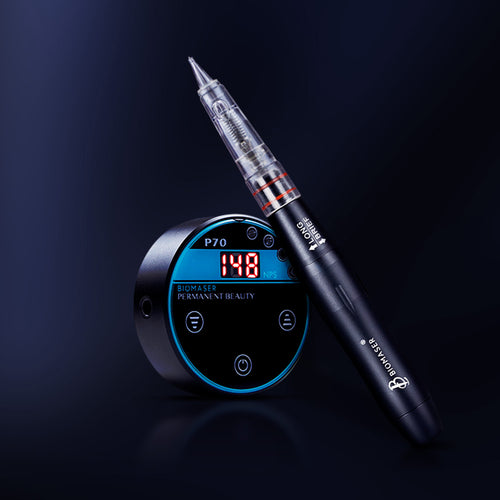
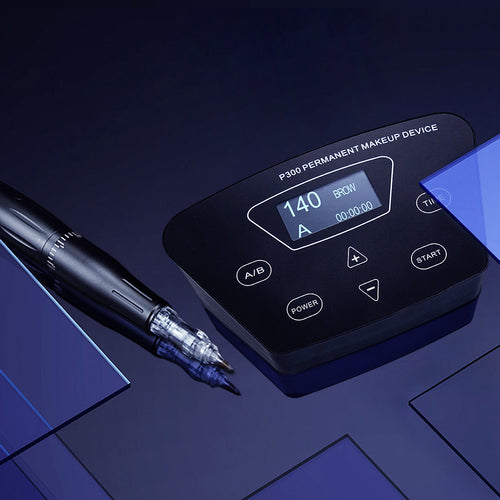

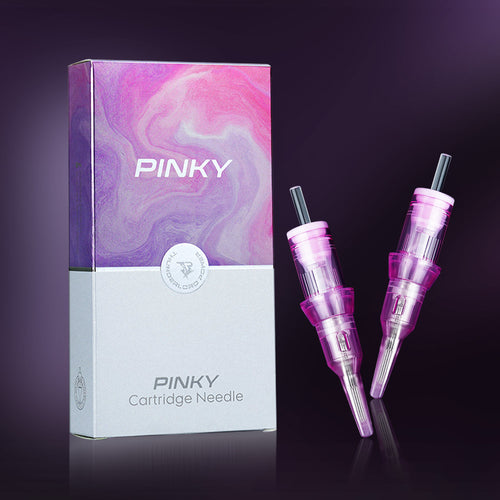
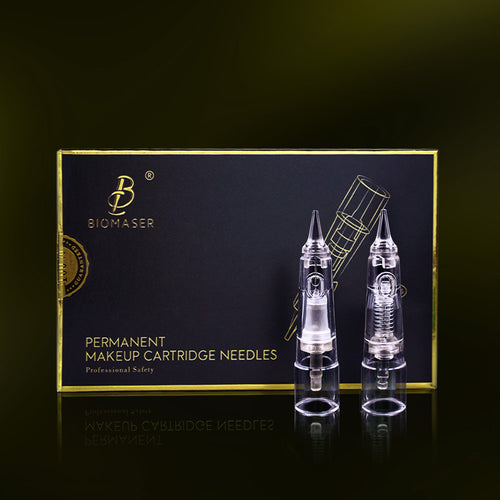
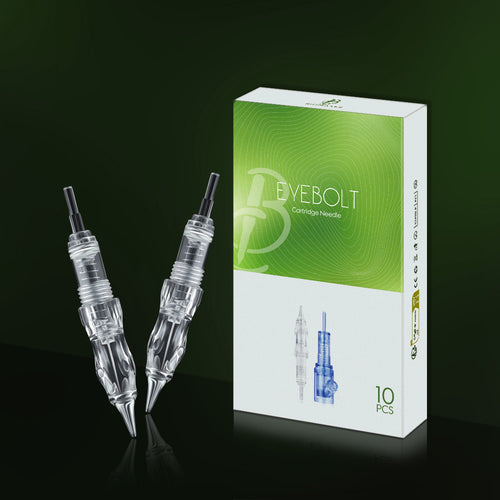


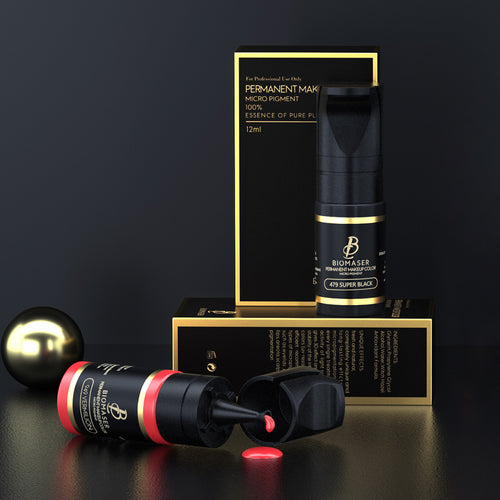
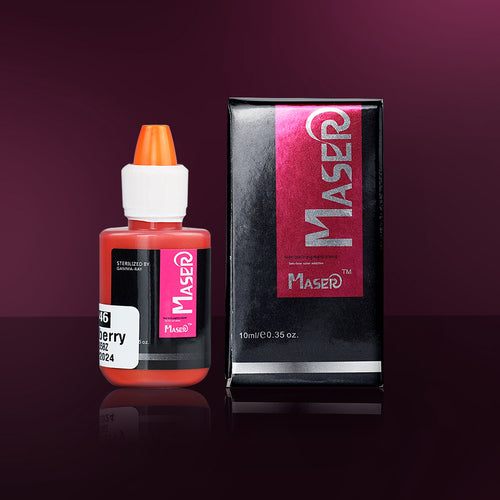
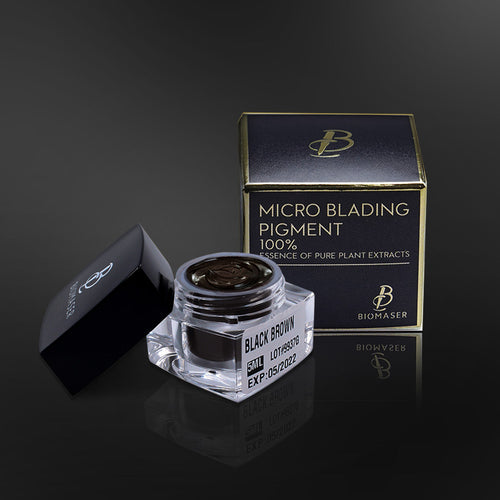
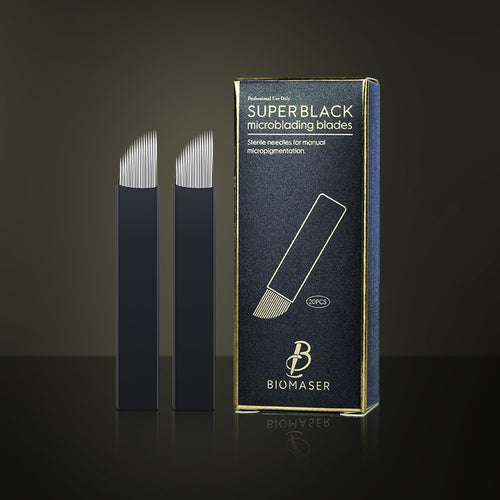
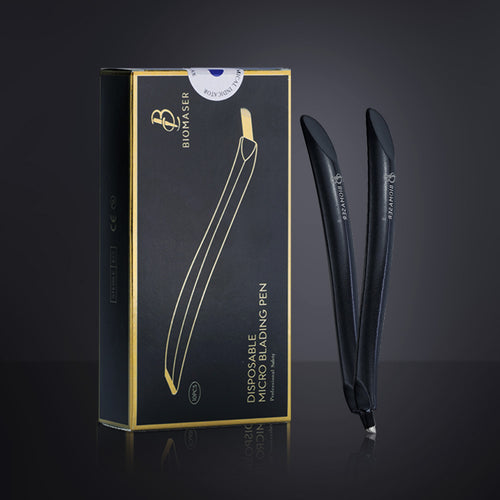
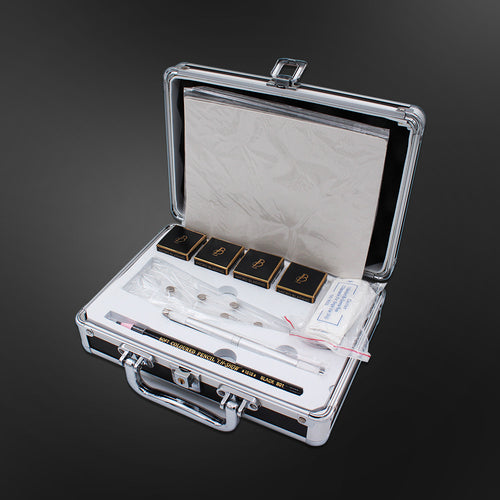
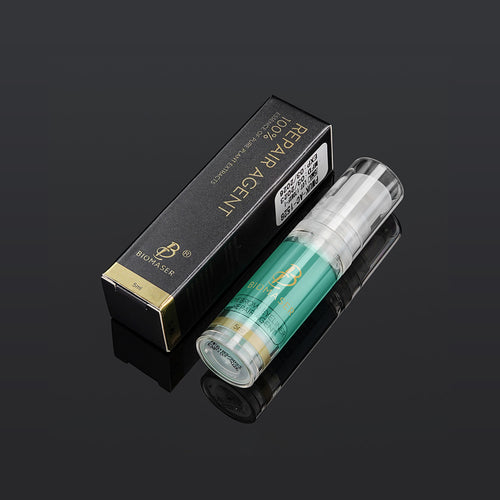
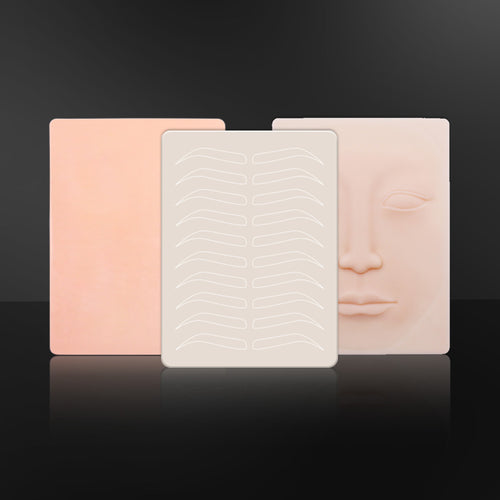
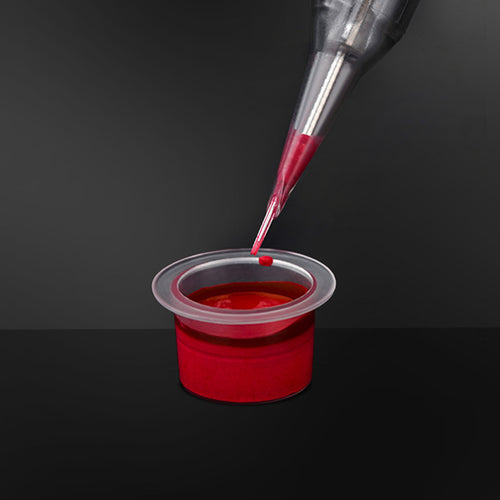

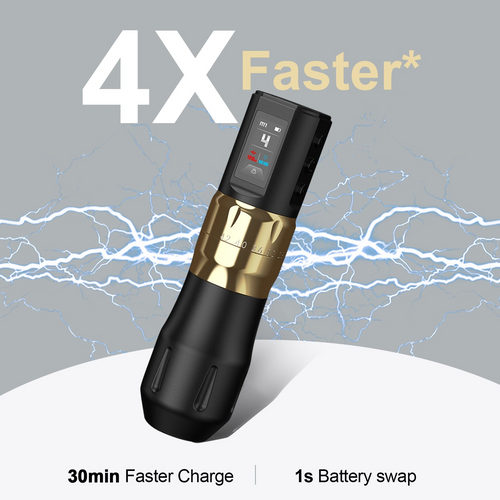
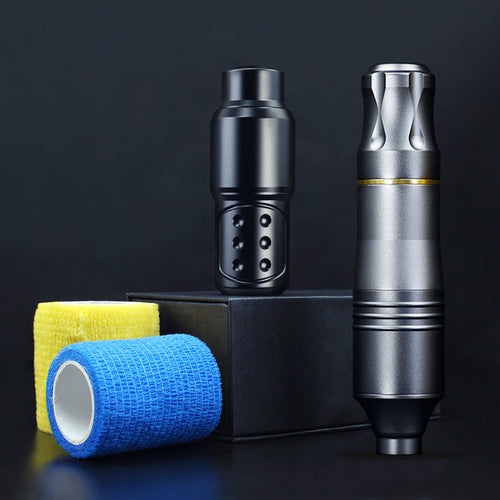
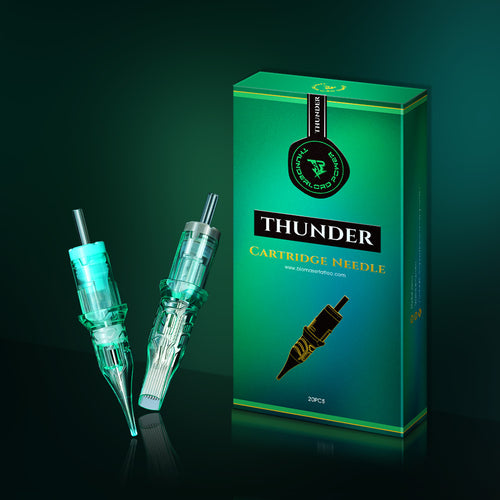




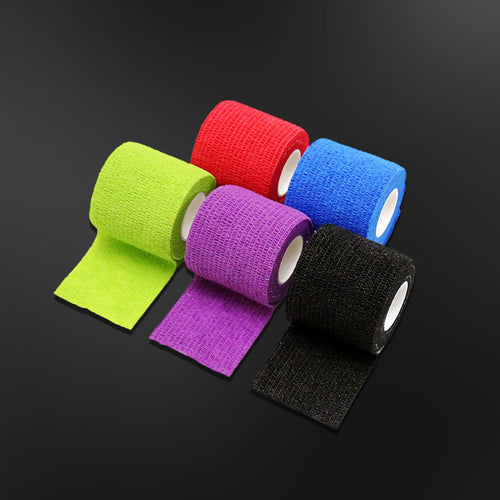
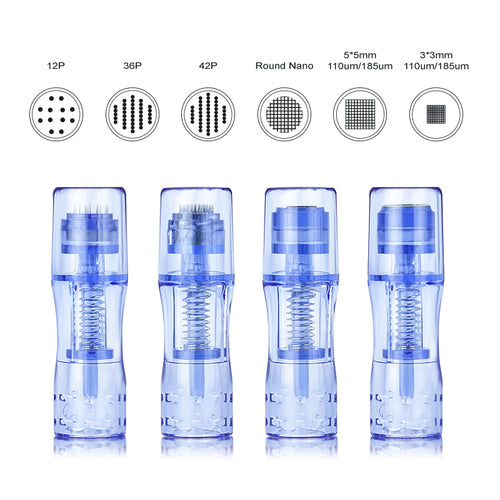
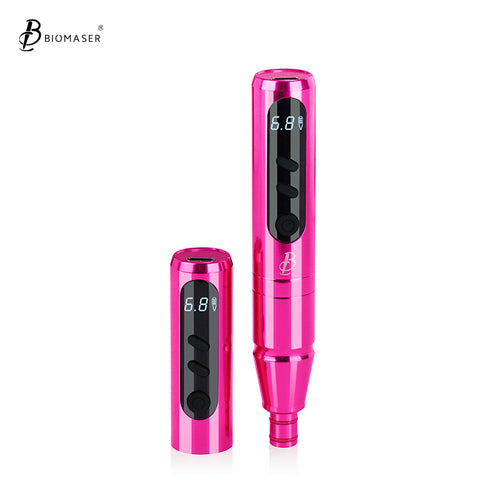
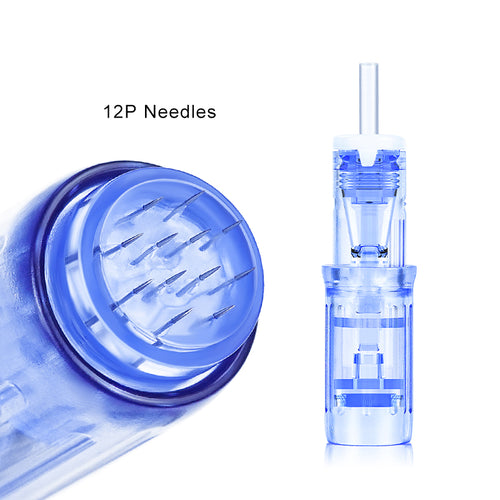

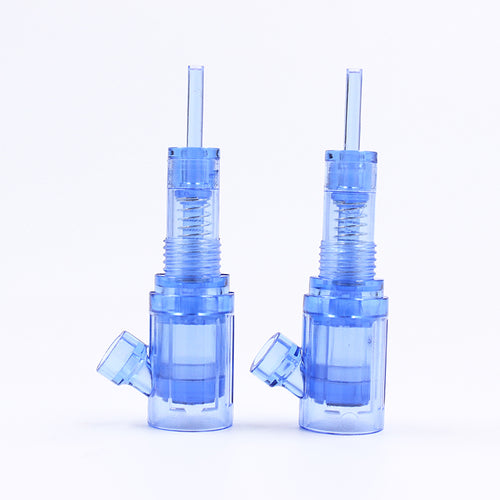
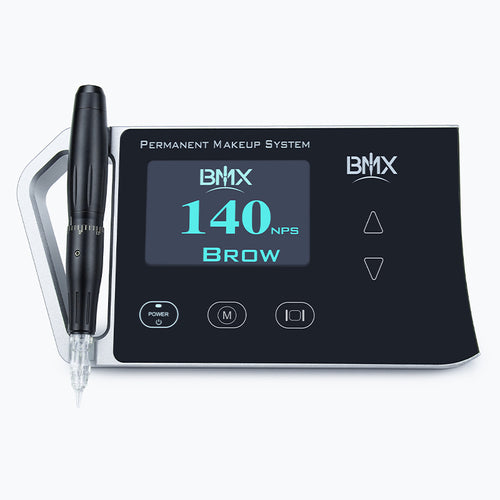
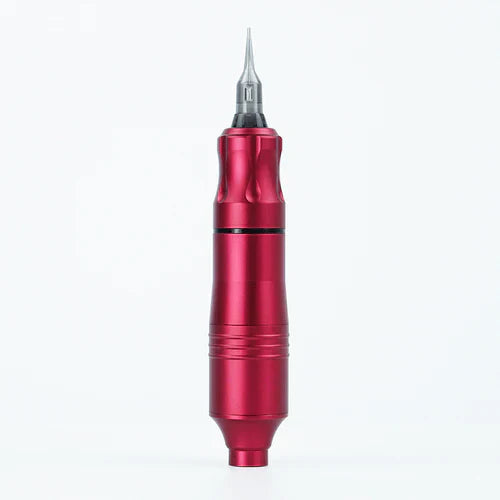

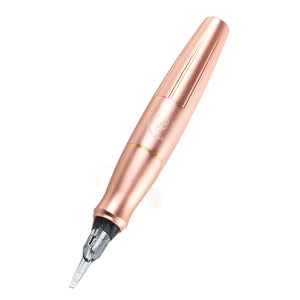
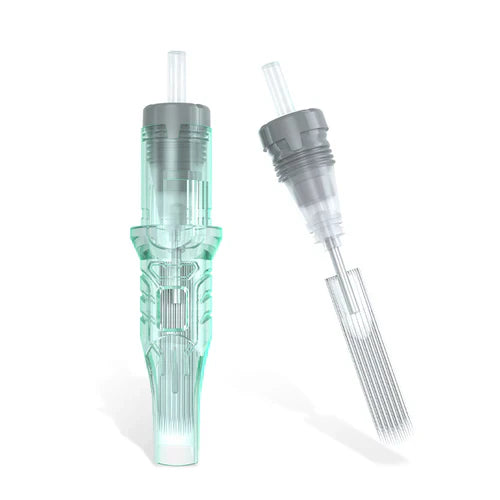
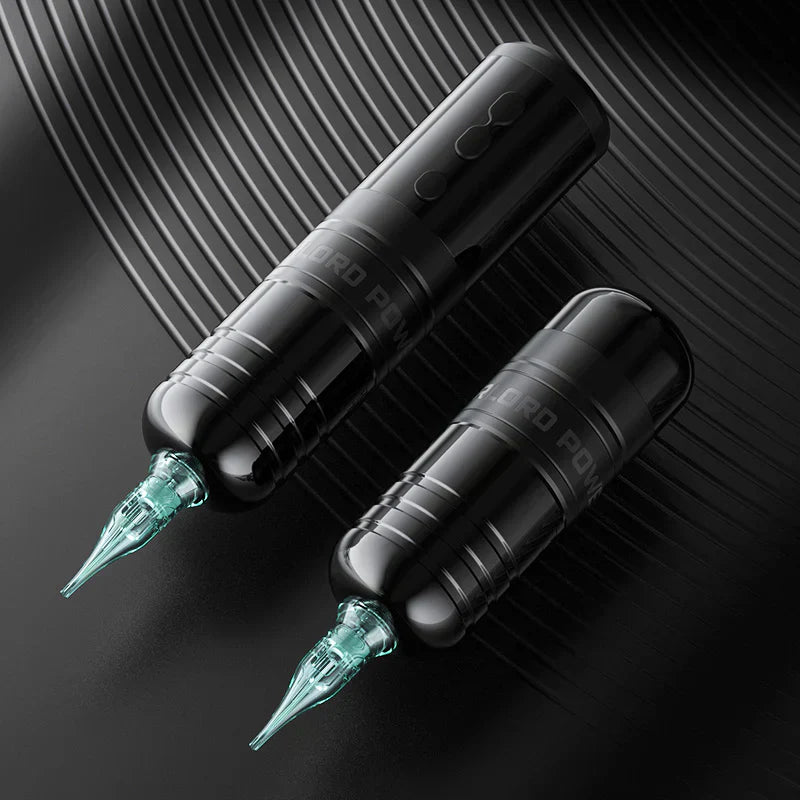
Hinterlasse einen Kommentar
Diese Website ist durch hCaptcha geschützt und es gelten die allgemeinen Geschäftsbedingungen und Datenschutzbestimmungen von hCaptcha.